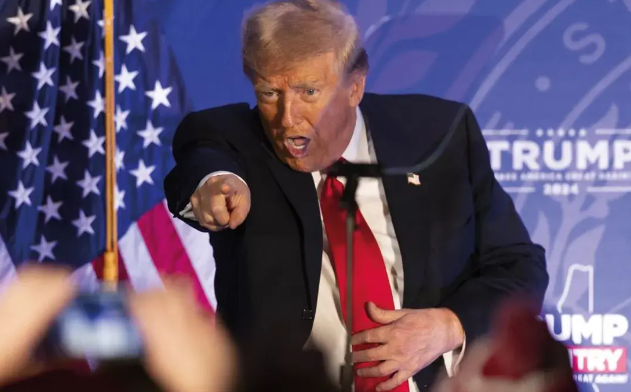
Donald Trump’s views on US federal support for clean energy are clear: he has promised to repeal many of the “green new scam” policies included in the Democrats’ Inflation Reduction Act (IRA). Unsurprisingly, shares of many renewable energy companies fell sharply following the election.
Our sustainable portfolios have been resilient so far this month, adding to the positive returns already generated this year to date. We have exposure to energy transition funds that experienced sharper falls, but the sector forms only part of the wider sustainable investment universe. Within equities, our largest allocation is to sustainable businesses across sectors on a global basis, which have been more resilient.
So far this year, sustainable portfolios have slightly lagged unconstrained portfolios, but over a longer time frame (5 years) remain slightly ahead. This is consistent with our view that long-term outcomes for sustainable and unconstrained portfolios will be similar, although the journey will look different.
What does a second Trump term mean for climate policy?
The incoming government will likely look to change America’s climate and energy policy landscape. This may mean curtailing, or even repealing some of the legislation and incentives included in the Inflation Reduction Act of 2022.
Policy change creates near-term uncertainty for the clean energy sector’s sales and earnings, especially with the prospect of new trade tariffs disrupting supply chains. The Trump administration’s policies could lead to higher inflation, potentially driving up bond yields and affecting sustainable energy project development and consumer demand. Higher interest rates are likely to negatively impact utilities as well.
While we may experience further volatility as Trump’s administration sets out its plans, forthcoming policy changes may not be as bad as feared.
Since the introduction of the IRA, 80% of new clean energy projects worth over $1 billion are in Republican districts, according to Schroders’ research. This is one reason why seven of the ten fastest-growing states for clean energy jobs have Republican senators. This means there is more support for clean energy development within the Republican Party than one might expect.
We believe that a wholesale repeal of key initiatives, including the IRA, is unlikely. The more likely scenario is a reduction in the time horizon of incentives, or that they are tapered down into 2028/29.
It also important to remember that the energy transition is driven by factors beyond US government policy, such as falling cost, improving technologies and rising electricity demand.
As the price of renewable energy has fallen, the economics have become increasingly attractive, leading to a huge expansion of supply. It often comes as a surprise that Texas, which Trump won with a significant majority, is now the largest renewable energy producer in the US – and would be the fifth largest globally if it were a country. And while US policy may become more challenging, in many other parts of the world, such as Europe and China, it remains more supportive.
The performance of the clean energy sector over the past three years may have largely anticipated the risk of US policy changes. Valuation of clean energy investments have fallen significantly since 2021, and sustainable energy stocks now trade at a discount to broader markets, despite their growth potential.
We could well see further volatility in the clean energy sector as Trump takes office. However, we may well be nearing a trough in the sector’s earnings cycle, and with valuations attractive, the risk risk-reward scenario for long-term investors remains compelling.
This article is issued by Cazenove Capital which is part of the Schroders Group and a trading name of Schroder & Co. Limited, 1 London Wall Place, London EC2Y 5AU. Authorised by the Prudential Regulation Authority and regulated by the Financial Conduct Authority and the Prudential Regulation Authority.
